- Our Products
- Upper Extremity
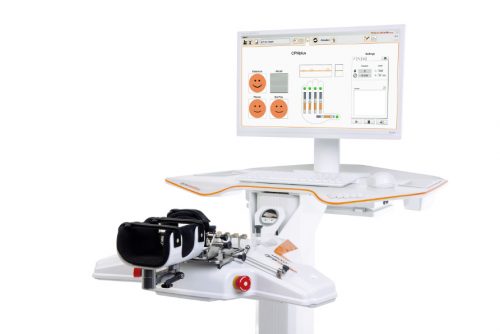 AMADEO The hand therapy world champion
AMADEO The hand therapy world champion
Boredom in finger-hand rehabilitation? Not with AMADEO! Motivation in the course of therapy is just as essential as fingers and hands are for daily life. Regardless of whether it is an adult or child, AMADEO increases therapeutic ambition with sophisticated robotics and a playful approach, and also visualizes the smallest successes in all phases of rehabilitation. Bottom line: AMADEO is simply unique.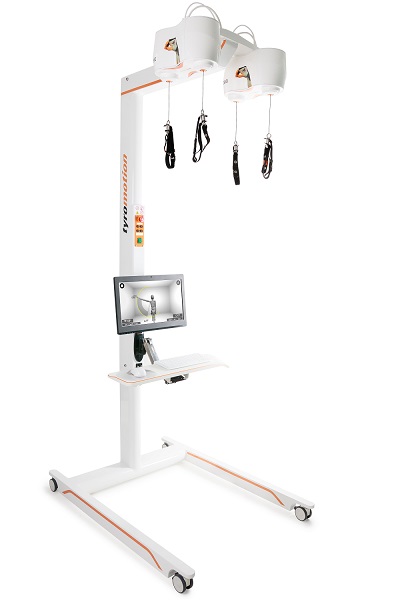 DIEGOBilaterally back to life
DIEGOBilaterally back to life
Finally go fishing again? DIEGO® skilfully assists patients with its unique intelligent weight relief. With its three-dimensional therapeutic area and virtual reality, DIEGO® enables the ideal transfer of what you have learned into everyday life – exactly with the required support. Nothing more and nothing less.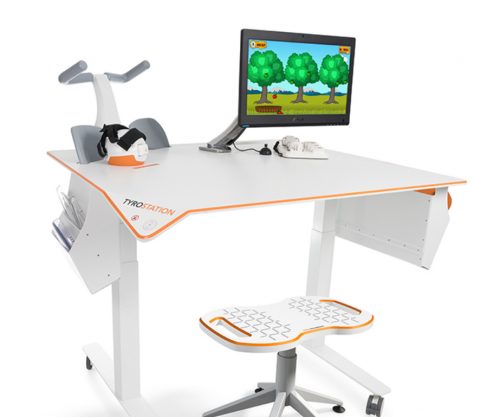 TYROSTATION Endless options, well organized
TYROSTATION Endless options, well organized
Anyone who is as versatile as PABLO® and TYMO® needs structure to really unfold. The Tyrostation is home to all individual components of our two all-rounders and also provides perfect ergonomic adaptability for every patient.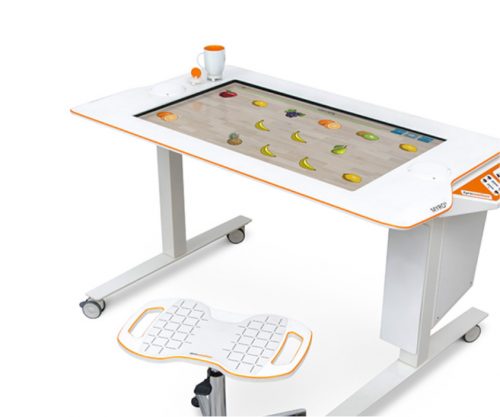 MYRO Full of variety, versatility, innovation and creativity
MYRO Full of variety, versatility, innovation and creativity
Real objects, power control, touch applications and a whole lot of fun: this is what constitutes goal-oriented, intuitive therapy with MYRO. The sensor-based surface is the basis for creative therapy which brings about meaning and self-determination in daily life.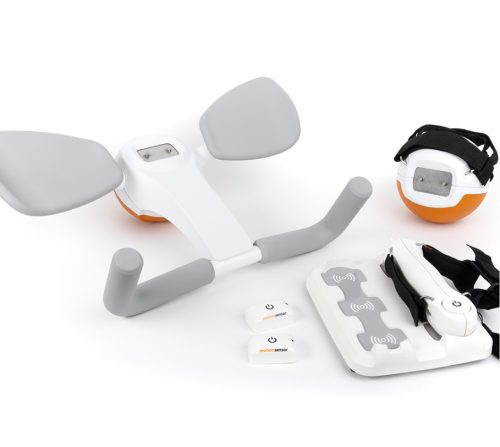 PABLO As versatile as life
PABLO As versatile as life
PABLO® is an all-rounder when it comes to activities of daily living. Position sensors and numerous accessories open up incredibly versatile therapeutic options in a safe environment for patients of all impairment levels.
- Lower Extremity
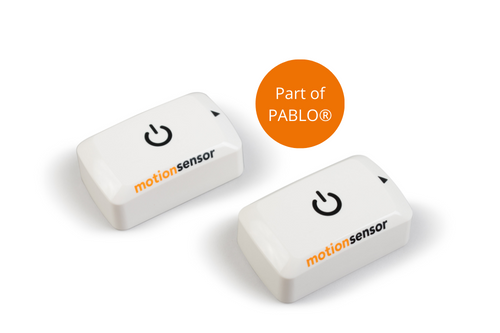 PABLO Lower ExtremityPart of PABLO®
PABLO Lower ExtremityPart of PABLO®
Always know where therapy is going
PABLO® Lower Extremity, our gait analysis and training system, precisely measures the parameters which are required for the selection of the most effective therapeutic measures for gait improvement. Simple and location-independent application as well as size-independent measurement makes the package complete – small device, great effect!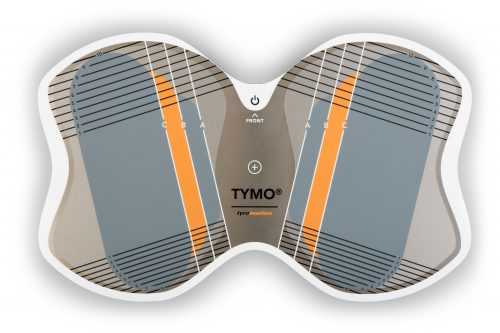 TYMO Balance in perfection
TYMO Balance in perfection
TYMO, a portable posturography system and the world’s thinnest balance platform. Flexible in application, TYMO trains postural control in a sensitive, specific and meaningful manner, and is therefore the basis of all movements. Motivation and fun are included.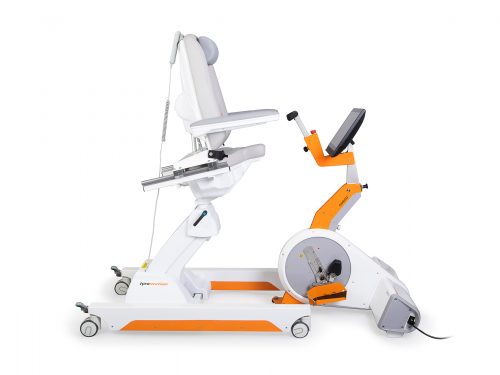 OMEGO Plus Therapy for all phases of gait rehabilitation gone motivational
OMEGO Plus Therapy for all phases of gait rehabilitation gone motivational
Two separate drives mobilize the patient in an effortless, isolated and focussed manner, and therefore make OMEGO® the long-desired stopgap between mobilization and locomotion. What else remains for patient and therapist to do? Train in a motivated manner, have fun and achieve goals.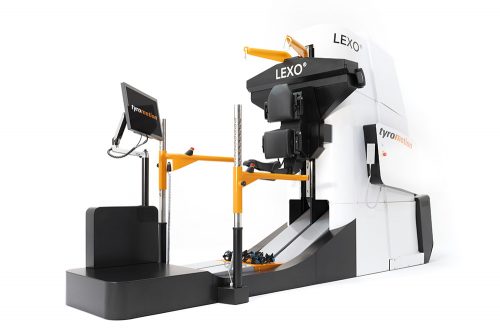 LEXOGait training at its best
LEXOGait training at its best
Maximum number of steps and intensity, low in height, easy handling and fast setup time: Impossible? It works! With LEXO® patients take the first impressive steps back to mobility and enjoy the feeling that things are finally getting better again.
- MTT-Line
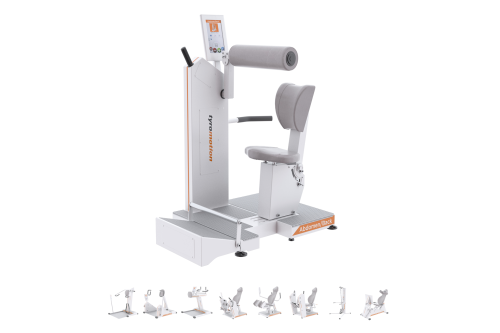 MTT-Line Medical training therapy
MTT-Line Medical training therapy
The barrier-free MTT-LINE specifically strengthens the six major muscle groups of the human body.
- Software
 TyroS The heart of our technology
TyroS The heart of our technology
Our TyroS software – developed by and together with therapists – is the heart of our technology that combines devices, know-how and therapeutic games. It is a sophisticated therapeutic system that helps challenge and encourage patients.
- Upper Extremity
Health
What is hemiplegia? Causes, symptoms, therapy in the event of hemiplegia after a stroke
11. October 2021 ● 5 min. Reading time
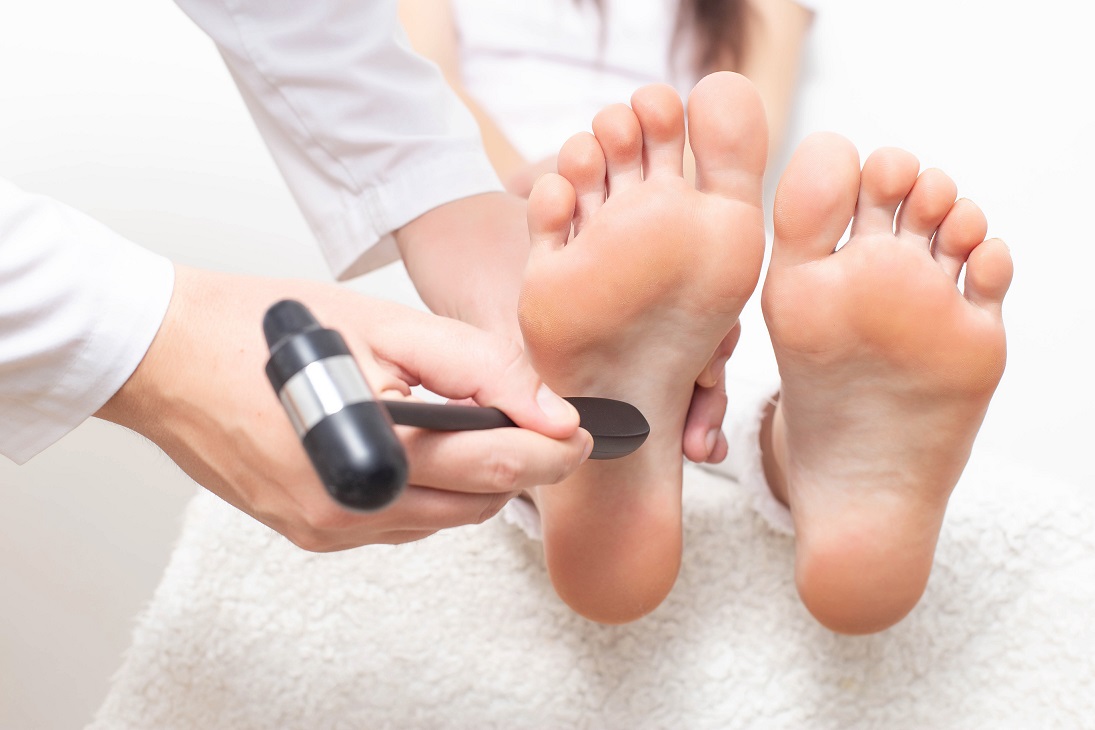
Hemiparesis versus hemiplegia – what is the difference?
The terms hemiplegia and hemiparesis both refer to a limitation of sensorimotor functions of one half of the body or of a body part.
With hemiparesis, individual muscle groups become weaker; the extent of that weakness varies. Hemiparesis is also known as incomplete paralysis. Hemiplegia refers to a complete paralysis. One may have an arm, leg, face, torso, or one entire side of the body affected.
Colloquially, the term hemiplegia is often used to describe both manifestations. The following article will use the term hemiplegia. All causes, symptoms, and treatments discussed below apply to both hemiplegia and hemiparesis.
Symptoms of hemiplegia
The human brain has different areas that control different functions. Basically, our brain is our control center.
Just like in a fuse box, its systems can fail. The defective system can then no longer perform its task in the body, or it performs tasks with restrictions. The result is weakness in or paralysis of the affected body part or possibly an entire half of the body, depending on the location and extent of the damage in the brain.
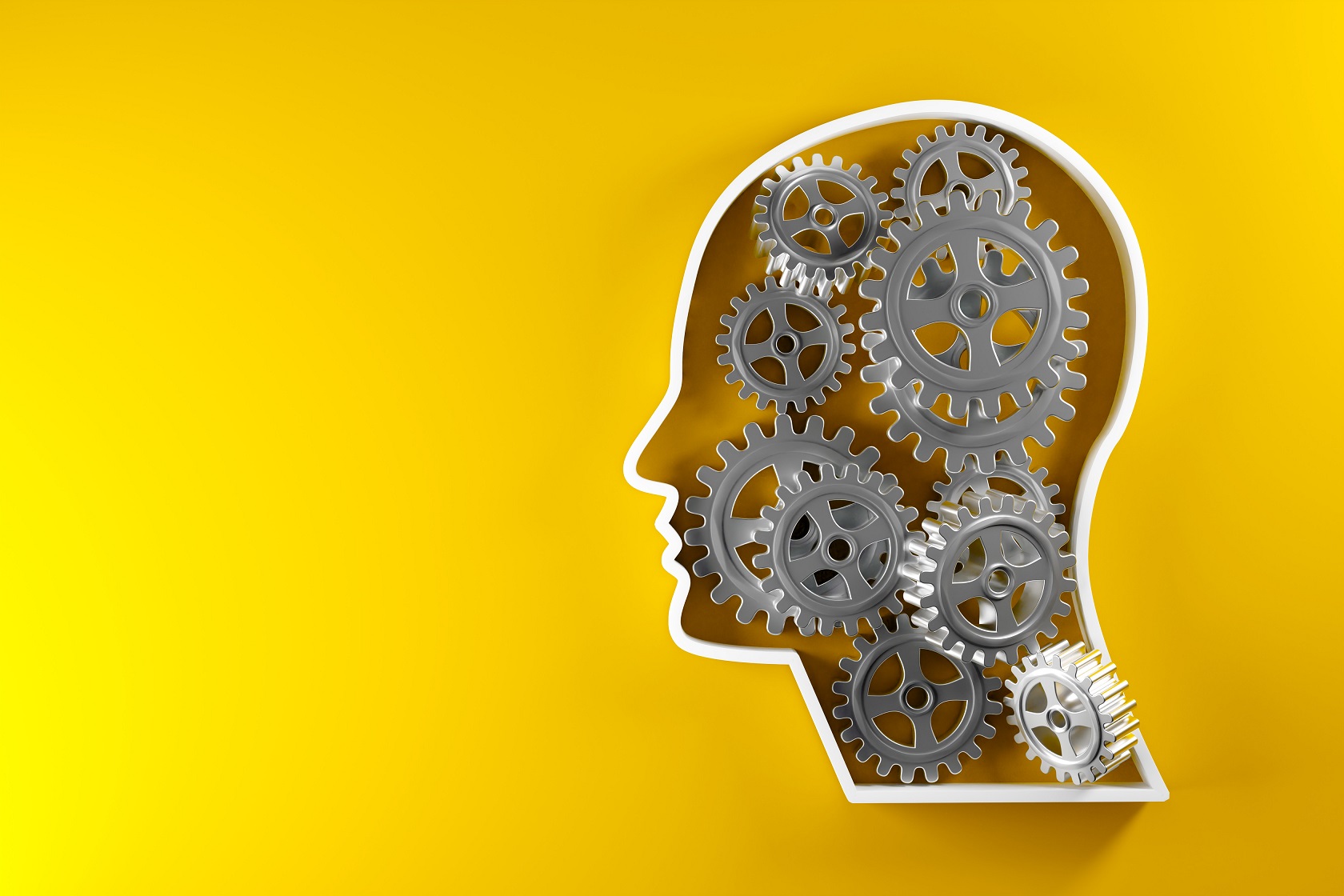
Minor damage will affect individual parts of the body. Major neural tissue damage may fully paralyze an entire half of the body. The patient’s ability to move may be severely reduced or the patient may no longer be able to move independently at all.
Hemiplegia in the first phase, after a stroke, is known as flaccid paralysis. The affected extremity exhibits decreased muscle tone and cannot be actively moved by the patient.
It often takes weeks or months to regain control of the affected muscle groups. Movements often become uncoordinated. Muscles might become tight and stiff, making it difficult to control movement. This increased muscle tone is known as spasticity. Severe muscle tone, or spasticity, can lead to rigidity of the joint(s), where the joint(s) cannot even be moved passively.
Spasticity is often accompanied by disruption of sensory function in the affected body parts. Patients experience touch, pain or temperature differently. They may not feel any stimuli, or only feel them very faintly or, more rarely, feel them with abnormally increased intensity.
Patients also often report difficulties sensing exactly where their affected body parts are in three dimensional space. Paraesthesias, such as tingling or burning sensations in affected body parts are also possible.
Facial paralysis is one of the main symptoms of a stroke. Call an ambulance if you notice the corner(s) of someone’s mouth suddenly droop and thy cannot smile symmetrically, or if their speech is slurred. The FAST test (Face, Arms, Speech, Time) is a way to check if someone is suffering a stroke. If any of the symptoms from the FAST test are present, it is an emergency and quick medical assistance is necessary.
What else can happen after a stroke?
If damage to the brain is severe, other symptoms may occur:
- Speech and language disturbances: Depending on the location and extent of damage to the brain, individuals may present with disordered speech and/or swallowing difficulties.
- Neuropsychological changes: Cognitive performance, the ability to concentrate, and/or emotional reactions can be affected. Their decreased quality of life often leads patients into depression.
- Difficulties with actions and motor planning (apraxia): Patients may no longer be able to complete routine tasks in the correct order. For example, an undershirt is put on over the shirt. Sometimes objects are no longer used correctly. For example, a comb is no longer recognized as such and is used for other tasks.
- Problems with continence: Adequate retention of urine/stool is often impaired.
Depending on which half of the brain is affected, some disorders are, statistically speaking, more prominent or occur exclusively. Reduced body perception is more common if the right half of the brain is affected. Similarly, it is also possible that the detection of stimuli on the affected side is reduced (neglect, pusher syndrome).
Damage to the left, often dominant half, of the brain is typically associated with speech disorders and a reduced ability to act and plan (apraxia).
Treating hemiplegia
Options to treat hemiplegia with medication depend on its cause. If rapid action is taken when a stroke happens, it is possible to administer medication that will help dissolve the blood clot. If a viral or bacterial infection (e.g. encephalitis) is the cause, suitable medication will be administered. In case of a tumor, radiation therapy or surgery may be necessary.
Different treatment approaches are used during, and especially after the acute phase of hemiplegia:
- Physiotherapy and Occupational therapy address the ability to move and aim to restore control of muscle function and body perception.
- Occupational therapy focuses more on recover of every day function. The patient practices using the regained bodily functions in everyday situations like bathing and dressing. The patient works towards being able to physically and cognitively perform these activities of daily living (ADLs) in a day-to-day life.
- Speech therapy aims to regain or to improve the ability to swallow and speak, as well as cognitive functioning.
- Psychology is often required in cases of extensive perception disorders. Psychological support can also help the patient to come to terms with their new situation. Also, topics like return to work/school or a career change can be addressed during psychological treatment. Mental health is an important topic during stroke recovery.
Doctors and therapists closely coordinate the hemiplegia treatment with their patients. The interdisciplinary approach treats the wide variety of disorders and resulting impairments. Treatment can include forced use of the affected body parts, the help of aids and innovative technology, animals, painting, or other creative activities.
What is the prognosis for hemiplegia?
The extent of the damage and the underlying cause determine the presentation of the hemiplegia.
In the event of a stroke, rapid medical assistance and treatment in a specialized stroke unit are of paramount importance.
In some cases, the paralysis is largely reduced; in rare cases, it is even reversed completely. Most patients must learn to live with some limitations. Continuous therapy and ongoing safe practice allow them to adjust to their new situation or even progress further. There are also various aids, devices, and technology that enable patients to be more independent in everyday tasks.
Author: Saskia Wibner
Source:
Platz, T. (2021). Clinical Pathways in Stroke Rehabilitation. Springer, 1st Edition
You might also be interested in
4. April 2023
Health
Rehabilitation
Stroke nutrition guidelines for optimal health
Nutrition as the key part in health and well-being of stroke survivors A healthy, balanced …
21. March 2023
Rehabilitation
Kinesio taping in neurology as a useful therapy supplement
The Kinesio tape and its usefulness in neurological therapy What was originally known only from …
7. March 2023
Rehabilitation
Exercises against freezing of gait in Parkinson’s disease
When the legs freeze – how does the symptom “Freezing of Gait” manifest itself? Parkinson’s …








